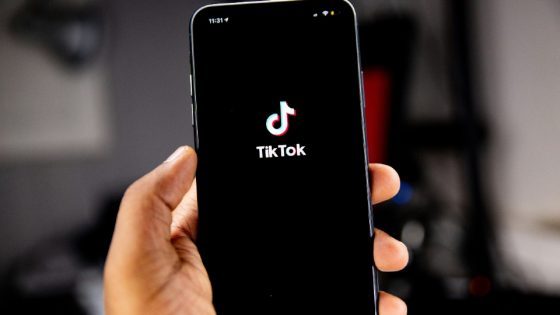Only 9% of consumers reported that they plan to spend more this holiday season, with 19% beginning their shopping in October, 29% starting in November, and only 10% waiting to begin shopping until December.
That’s according to a marketing survey conducted by Gartner, which indicates another 19% of consumers reported that they have been shopping year-round, up from 16% in 2022. This is a trend that will continue to grow.
In fact, Gartner predicts 30% of consumers will shop for winter holiday gifts year round by 2026.
The survey of 302 consumers conducted in June 2023 revealed that 28% of respondents plan to spend less this holiday season than in 2022, while 63% of consumers plan to spend the same amount this year as last year.
“This is concerning given that consumer spending during the 2022 holiday season did not meet industry projections,” said Kassi Socha, director analyst in the Gartner Marketing practice. “Annual growth was attributed to higher prices on the part of retailers combating inflation, not an increase in consumer discretionary spending.”
“Retailers have continued to expand their year-round promotional calendar, and, in turn, consumers have followed their lead,” said Socha. “Branded summer sales are becoming more common, and while retailers don’t need to hang snowflakes in July to capture consumer attention, they should increasingly take holiday shopping into account beyond the fourth quarter of the year.”
Free shipping is no longer a differentiator, but a consumer expectation. Behind price, holiday shoppers noted free shipping (45%) as one of the top drivers in influencing a purchase decision. These were followed by value (35%), promotions or deals (33%), selection of gifts (24%), and ratings and reviews (17%) as the top reasons influencing a holiday gift purchase.
Though the majority of consumers plan to maintain most of their online shopping behaviors this holiday season, only 16% reported that they’ll shop more online than in-store in 2023, compared to 21% last year. Retailers with physical stores should market more than free shipping; Almost one in three consumers intend to utilize hybrid, same-day delivery or expedited shipping services for their holiday shopping needs.
“While CMOs need to ensure digital commerce success during the holiday season, brick-and-mortar store marketing should not take a backseat,” said Socha. “Marketers and advertisers have a critical opportunity to prevent further decline of store profitability and, in some cases, drive profitable growth by leaning into the competitive advantage that their stores have compared to digital commerce experiences: faster and more efficient fulfillment.”
Younger consumers are more likely to prioritize a company demonstrating social purpose. Among winter holiday shoppers, 13% of consumers selected an environmental, social and governance (ESG) factor as the most important factor when selecting a gift. For younger consumers, factors such as the gift being locally made or from a brand owned by a member of a historically underrepresented group are more important than access to expedited shipping.
“Marketing on cause is not without potential peril,” said Socha. “Retail CMOs concerned about taking a strong sociopolitcal stance and risking brand reputation in their winter holiday marketing should ensure it will be perceived positively and authentically by target consumers, and ensure preparedness if consumers react negatively.”




